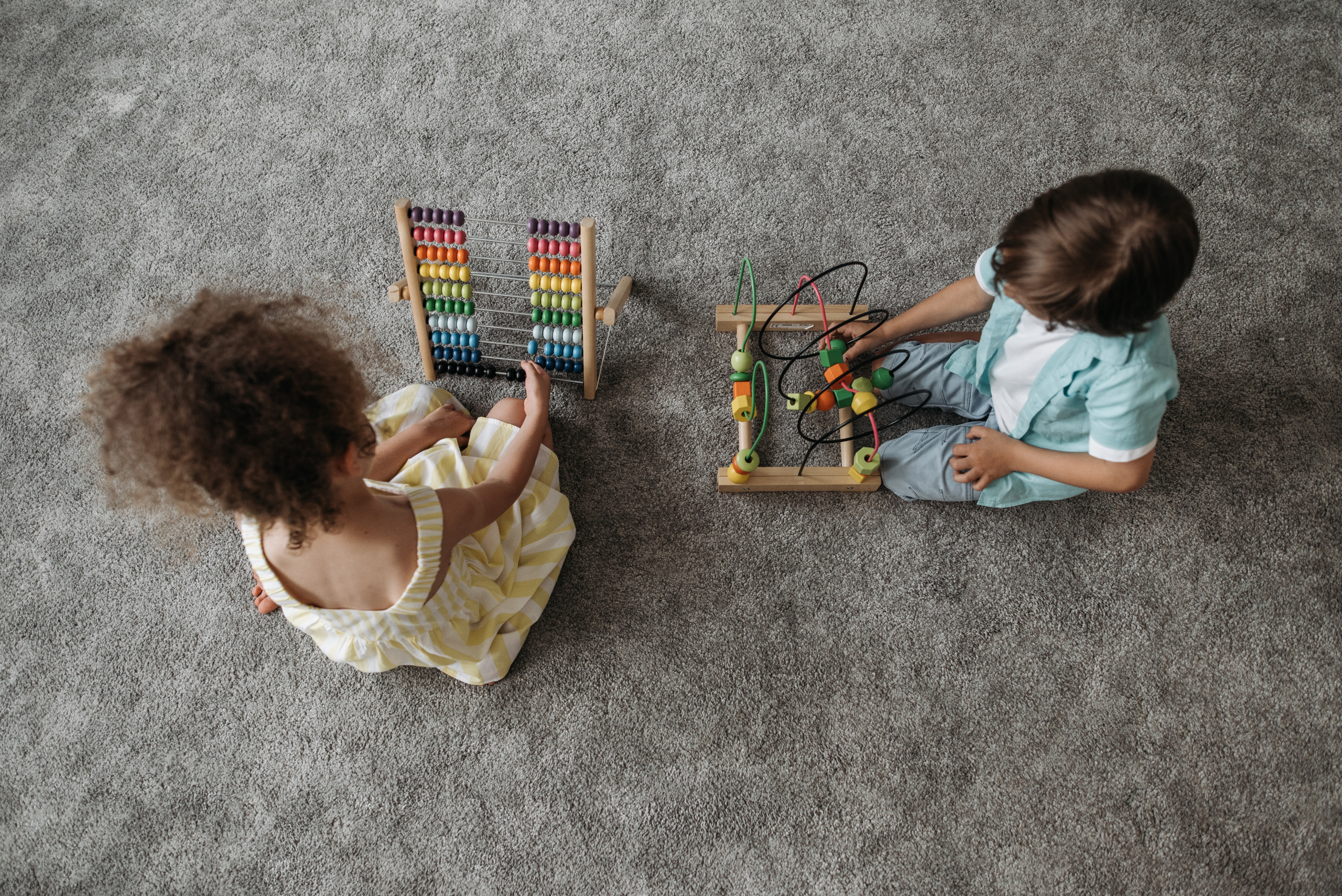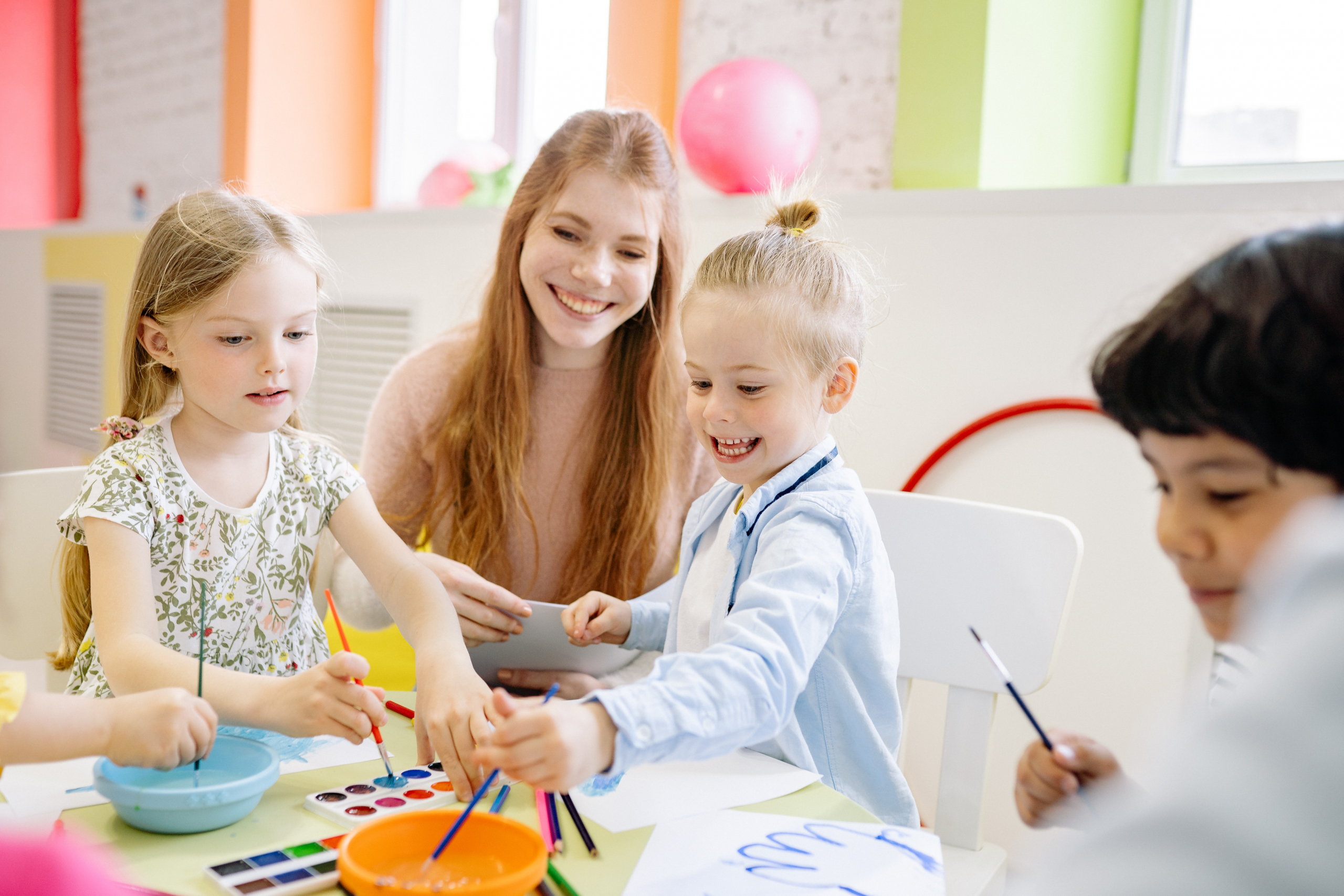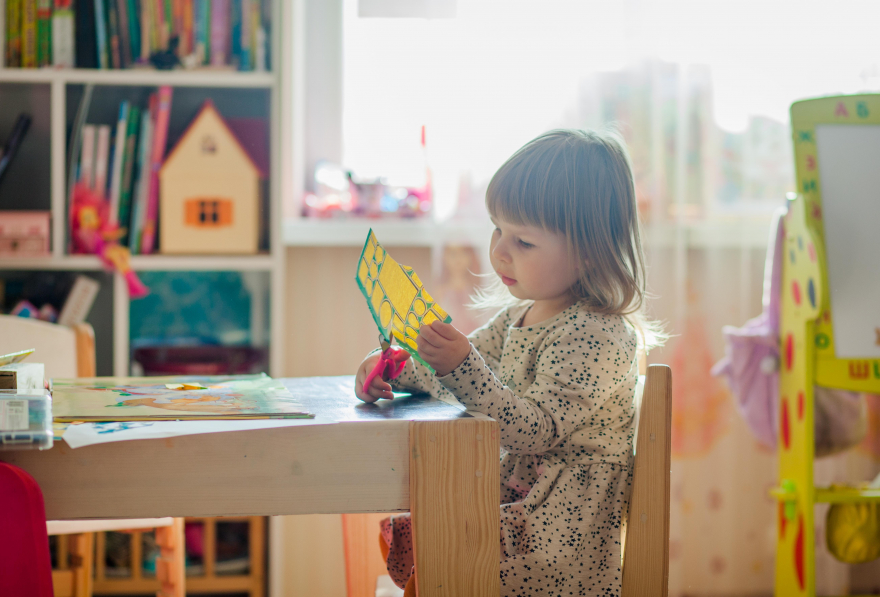Why is play important?
Play is the key ingredient to children’s learning. It creates moments of learning for children through connection together.
Children’s communication is driven by the development of joint attention in which children are able to engage in interactions with others through directed attention to an object of interest or toy. These toys or objects become the foundation to build meaningful communication.
When your child is playing, they’re gaining experiences that give them lots to think and communicate about. They also have the chance to learn new words!
How do I play with purpose?

When you’re planning a purposeful play session, think about how your child naturally plays. It is important to recognise the stage of play your child engages in so that you can get alongside them and play at your child’s level.
Helping them get the most out of play means that you have to learn to follow their lead. Then, you can join in at their level and build on their language and skills in a more meaningful way. In doing this, they’ll want to play longer, giving them even more chances to learn.
Small changes in your normal routines and everyday interactions can increase opportunities for speech and language development in your child. It is important to identify or establish some enjoyable routines and interactions in your day to begin playing with purpose and create a context for language modelling or therapy targets.
Then, you can use your child’s favourite play activities to support their language goals and encourage them to pretend and use their imagination.
What does purposeful play look like?

A successful, purposeful play activity should involve you and your child interacting and having fun. Once your child is taking the first turn and you are able to take turns back and forth, they are ready to learn.
Here are some helpful tips to play with purpose:
- When you are playing with your child, it is helpful to get down on their level, face to face. Make sure you have the toy/s you plan to use beside you and observe what your child is doing.
- Wait to see what they are doing and how they choose to interact and play with the toy.
- Listen to what they say or communicate. Think about what sounds or words they are already using.
- Get alongside them and repeat (imitate) your child’s actions with the toys. Join in the play by getting your own toys, using fun sounds and words, using pretend play (if your child is ready). You want to aim to repeat a gesture alongside a word or phrase at least 3-5 times during an interaction.
- Offer opportunities for them to imitate you or cue them to take a turn by waiting. Be sure to match what you say to what’s happening so that your child can associate the words or gestures to the activity.
- Use short, grammatical sentences to help them learn new words and word combinations. For example, you could say, “Let’s throw the ball!”, “Throw the ball”, “I’m going to throw the ball”. Your child may say, “throw” or “ball” but will begin to develop their ability to speak in longer sentences.
- Pause often to give your child a chance to take a turn. If they need prompting, you could ask questions (but not too many) or give a visual helper or gesture.
- Finally, add language to the interaction by modelling your child’s turn or expanding their message. It is important to model language at or just above your child’s level but remembering to say less, emphasise key words or targets, speaking slowly, and showing them what to do or how to say it.
And don’t forget: Keep the play fun and keep the play going!
If you or your child experience communication difficulties, please do not hesitate to call Harrison Speech Pathology and speak directly to one of our trained therapists.





